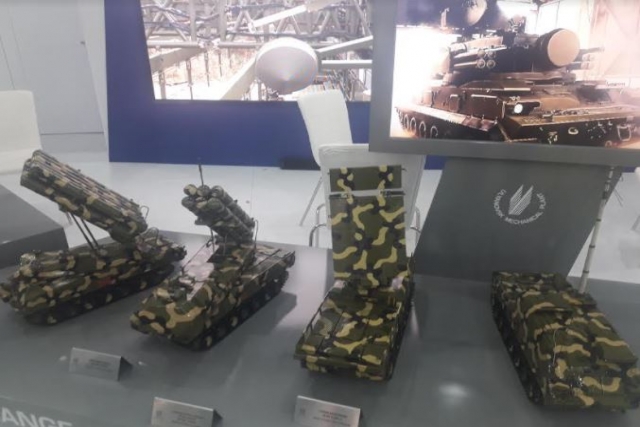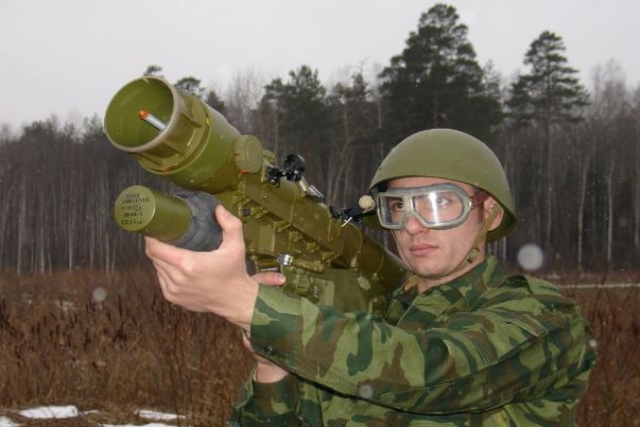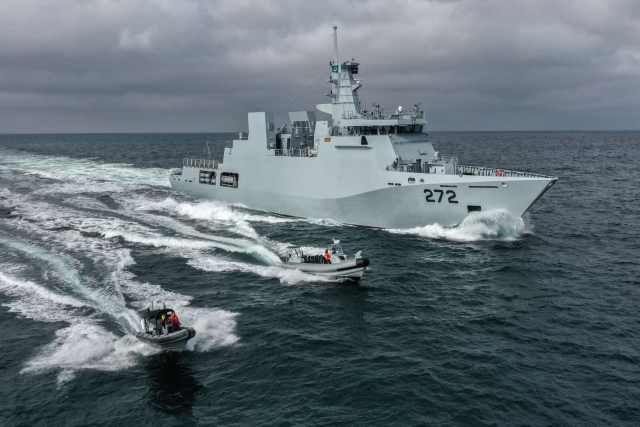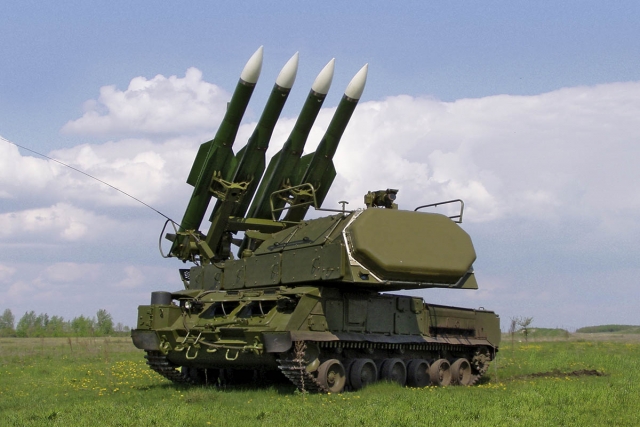Russian MoD Reveals Capabilities of its New Buk-M3 Missile System
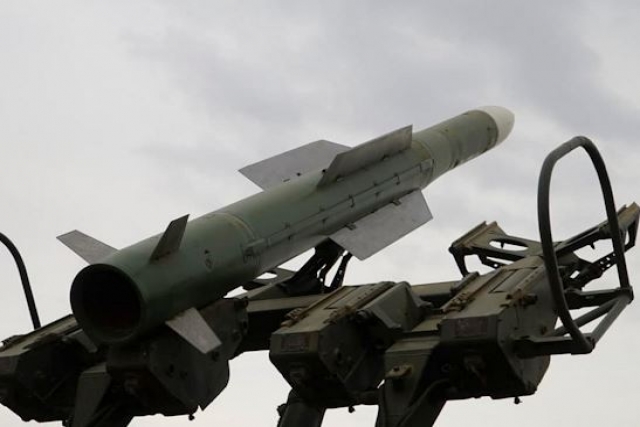
The Russian Ministry of Defense claims that its upgraded Buk-M3 (export version- Viking) multi-missile medium-range air defense missile system (ADMS) which entered service with an anti-aircraft missile formation in the Altai region in Siberia, has five times more combat capabilities without increasing the number of military personnel.
“The fire capabilities of the brigade have increased so significantly due to the increased number of target channels, and the maximum range of destruction of air targets has more than doubled, and this, in turn, allows to more effectively cover a command post, formations and military units of the combined arms formation from enemy's air attack weapons, his precision weapons, as well as to protect the objects of military and industrial infrastructure of several Siberian regions,” said the commander of the Central Military District, Lieutenant General Sergei Ryzhkov, quoted by the MoD's press-service.
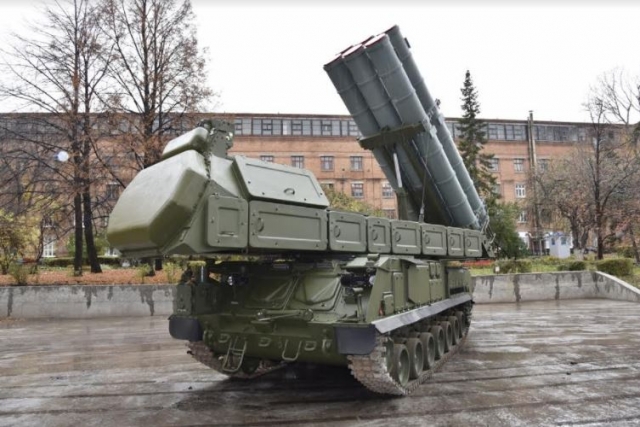
According to the Ministry, the Buk-M3 system is designed not only to destroy aircraft of all types, to fire at the radio-contrast ground targets and to defeat the naval surface targets in conditions of intense fire and electronic countermeasures. The range of the system reaches 70 km, which is 25 km higher than the parameters of the previous modifications of the Buk ADMS. The maximum interception height is 35 km. In addition, it can destroy the ballistic missiles.
In October 2020 the Russian MoD reported, that TOR and Buk surface-to-air missile systems shot down cruise missiles flying at altitudes below 10 meters at a military live fire exercise.
The Viking ADMS, the export version of Buk-M3, was unveiled for the first time during the DefExpo 2020 in India’s Lucknow city in February 2020[1]. The range of the export version is 65 km. The number of simultaneously engaged targets has increased by 1.5 times (compared to the earlier modification), and the number of ready-for-launch missiles in one firing position made of two combat units has grown up from 8 to 18. Besides, Viking envisages a capability of the autonomous use of the firing sections, which enlarges the total defended area and increases the number of covered sites.
The ADMS has autonomous combat capability of operation at angle of depression up to 5º and can be integrated into different air defense formations (including those equipped with radars of non-Russian origin).
